Every now and then, animals find their way out of captivity in the most ingenious and surprising ways. Whether it’s due to their intelligence, strength, or sheer luck, these escape artists have managed to break free and show us that perhaps the bars, walls, and fences aren’t as impenetrable as we think. Let’s dive into the fascinating world of animal escapees and see how they manage to outsmart their human captors.
1. Octopuses: The Houdinis of the Sea

When it comes to escaping, octopuses might just be the ultimate escape artists of the animal kingdom. With their squishy, malleable bodies and high intelligence, they can squeeze through openings much smaller than themselves. One famous case is that of Inky, an octopus at the National Aquarium of New Zealand, who made his great escape by slipping through a small gap at the top of his tank and crawling across the floor to freedom. According to Scientific American, octopuses are known for their problem-solving abilities and curiosity, which often leads them to explore beyond their enclosures.
Octopuses have been observed unscrewing jar lids, opening latches, and even mimicking other animals. Their ability to manipulate objects and navigate complex environments makes them formidable escape artists. In aquariums, caretakers must constantly innovate to keep these cephalopods contained, as they have been known to move from tank to tank in search of food or adventure. Their intelligence doesn’t just aid their escape; it also makes them fascinating creatures to study and observe.
2. Orangutans: The Crafty Primates
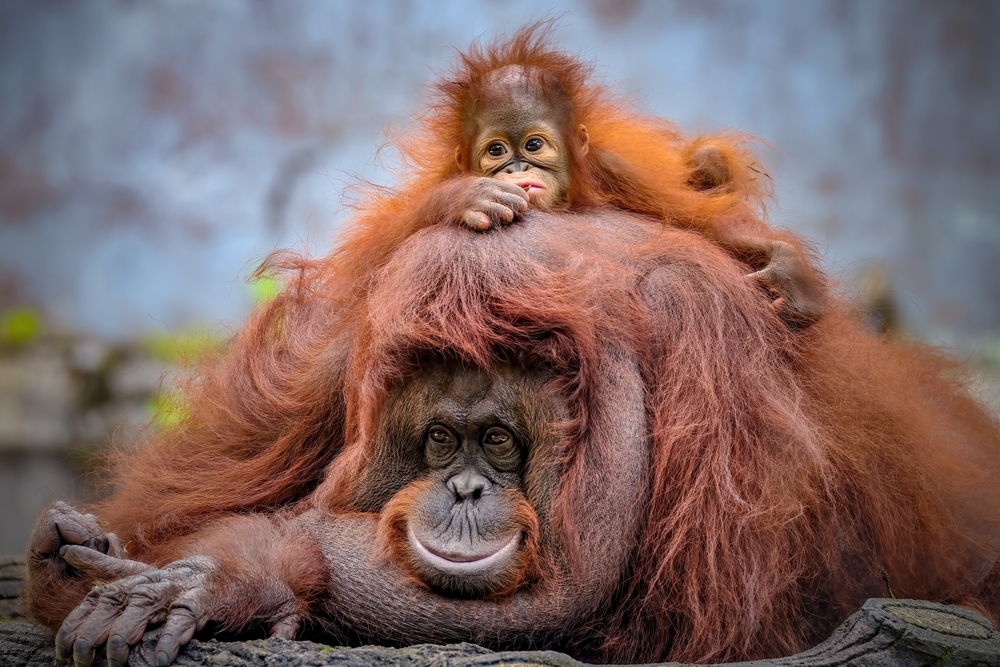
Orangutans are well-known for their intelligence and dexterity, which they often put to good use when trying to escape captivity. In one remarkable incident, an orangutan named Ken Allen became famous for his frequent escapes from the San Diego Zoo. Ken Allen would unscrew bolts, climb over walls, and even fashion tools to aid his escapes, leading zookeepers to constantly revamp his enclosure. His escapades became so legendary that the zoo had to deploy undercover zookeepers to observe and learn his methods.
According to the Smithsonian Magazine, orangutans’ cognitive abilities allow them to solve problems and plan their moves, much like humans. Their strong desire for freedom and exploration drives them to find innovative ways to explore the world beyond their enclosures. In response, zookeepers have had to use double-lock systems and other strategies to keep these clever primates contained. Despite the challenges, observing orangutans’ escape tactics provides valuable insights into their intelligence and behavior.
3. Elephants: Strong and Smart
 provided by Shutterstock
provided by Shutterstock
Elephants are not only incredibly strong but also quite intelligent, which makes them adept at escaping captivity. With their sheer size and strength, they can break through fences, gates, and even walls if motivated. One notable incident occurred when an elephant named Kwan escaped from a zoo in Japan by using her trunk to unfasten the chains securing her enclosure. Her escape led to a frantic search, showcasing the complexities of keeping such large animals contained.
In addition to their physical prowess, elephants possess remarkable memory and problem-solving skills. According to a study in the Journal of Experimental Biology, elephants can remember routes and landmarks for years, aiding them in planning their escapes. This intelligence allows them to exploit weaknesses in their enclosures and seek out freedom when the opportunity arises. While their escapes can pose challenges to keepers, they also highlight the need for enclosures that not only contain but also enrich these magnificent creatures.
4. Dolphins: The Intelligent Escapees
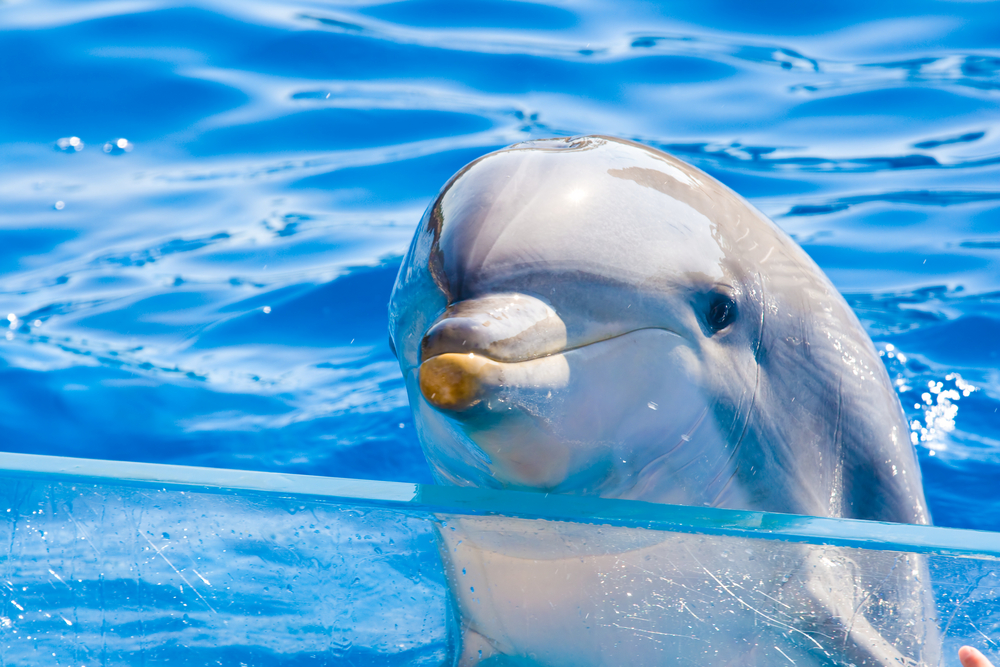
Dolphins are among the most intelligent animals on Earth, with complex social behaviors and problem-solving skills that can rival those of primates. These traits make them capable of orchestrating escapes from captivity with surprising ease. In one instance, a dolphin named Billie learned to tail-walk during her stay at a marine park and later taught the trick to wild dolphins after her release, illustrating their ability to learn and adapt. Dolphins’ intelligence enables them to figure out escape routes and communicate with each other to coordinate their efforts.
According to National Geographic, dolphins have been known to cooperate with humans and other dolphins in the wild, showcasing their advanced understanding of social dynamics. This ability to communicate and collaborate enhances their chances of escaping captivity. Their playful nature and curiosity often lead them to test the limits of their enclosures, searching for weaknesses or gaps. While their cleverness can challenge trainers, it also underscores the importance of providing environments that stimulate and engage these extraordinary mammals.
5. Bears: Brains and Brawn
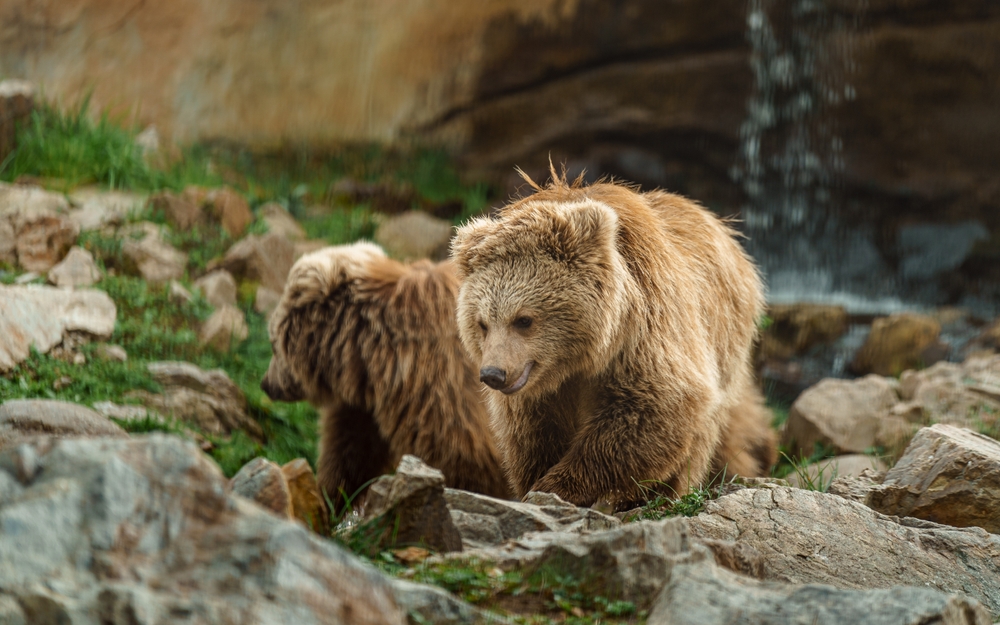
Bears possess a unique combination of intelligence, strength, and determination that makes them formidable escape artists. These massive creatures are known for their ability to climb, dig, and manipulate objects, which they often use to break free from captivity. One famous escape involved a bear named Brutus, who climbed over several barriers at a zoo in Canada to make his way to freedom. Bears’ physical capabilities and problem-solving skills enable them to identify and exploit weaknesses in their enclosures.
According to a report by The Guardian, bears have been known to open door latches and even use logs or rocks as tools to aid their escape efforts. This adaptability and resourcefulness make them challenging animals to contain, requiring constant vigilance and innovation from their keepers. The need to balance security with enrichment is critical, as bears’ natural curiosity drives them to explore their surroundings. While their escapes can be daunting, they also remind us of the incredible resilience and intelligence of these powerful animals.
6. Raccoons: The Masked Bandits

Raccoons have earned their reputation as cunning escape artists thanks to their dexterous paws and insatiable curiosity. These nocturnal creatures are notorious for breaking into trash cans and homes in search of food, using their nimble fingers to open lids and doors. In captivity, raccoons apply the same skills to free themselves from enclosures, often solving complex latches or squeezing through small openings. Their adaptability and resourcefulness make them a constant challenge for those trying to keep them contained.
These masked bandits are known for their intelligence, which rivals that of some primates, enabling them to learn from their experiences quickly. In urban environments, raccoons have adapted to live alongside humans, using their problem-solving abilities to navigate complex cityscapes. This adaptability extends to captivity, where they often test the limits of their enclosures. Despite their mischievous nature, raccoons’ escapes highlight their remarkable ability to thrive in diverse environments, making them fascinating subjects for study.
7. Ravens: The Clever Corvids
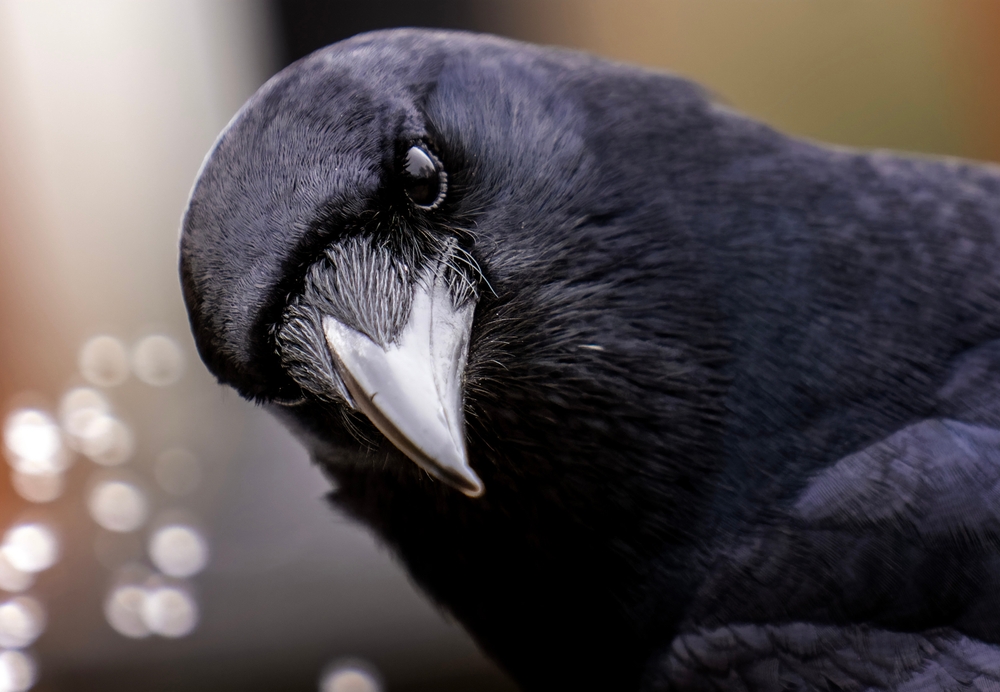
Ravens and other members of the corvid family are well-known for their intelligence and problem-solving skills, which they frequently use to escape captivity. These birds are not only capable of mimicking human speech but also exhibit tool use and complex social behaviors. In the wild, ravens have been observed using sticks to extract insects from tree bark or dropping nuts on roads for cars to crack open. This intelligence allows them to find creative solutions to escape from enclosures, whether by untying knots or finding vulnerabilities in their surroundings.
In captivity, ravens have been known to outsmart their keepers, using their cognitive abilities to test and exploit weaknesses in cages or aviaries. Their intelligence makes them highly adaptable, allowing them to learn from their surroundings and adjust their strategies accordingly. Ravens’ ability to communicate and work together enhances their chances of escaping, as they can share information about successful tactics. While their cleverness presents challenges, it also provides opportunities to study avian intelligence and behavior.
8. Sea Lions: The Slippery Swimmers
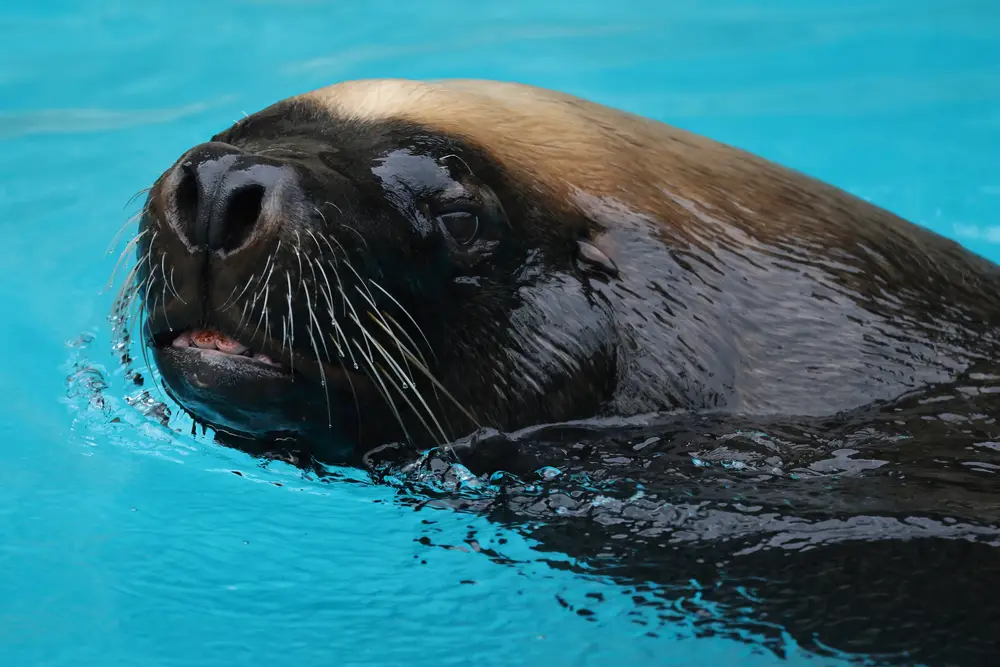
Sea lions are agile swimmers with playful personalities, traits that contribute to their reputation as escape artists. These marine mammals are known for their ability to navigate complex environments, both in the wild and in captivity. Sea lions’ intelligence and curiosity drive them to explore their environments, often leading them to test the limits of their enclosures. In one case, a sea lion named Cecil managed to escape from his enclosure at a zoo in Germany by using a combination of swimming prowess and strategic planning.
Sea lions’ playful nature makes them a favorite among zoo visitors, but it also means they require constant mental and physical stimulation to prevent escapes. Their ability to learn and adapt allows them to modify their behavior based on past experiences, enhancing their chances of success. Keepers must employ creative strategies to keep these slippery swimmers contained, often using enrichment activities to engage them and prevent boredom. While their escapes can be challenging, they also highlight the sea lions’ remarkable intelligence and resourcefulness.
9. Parrots: The Feathered Escape Artists
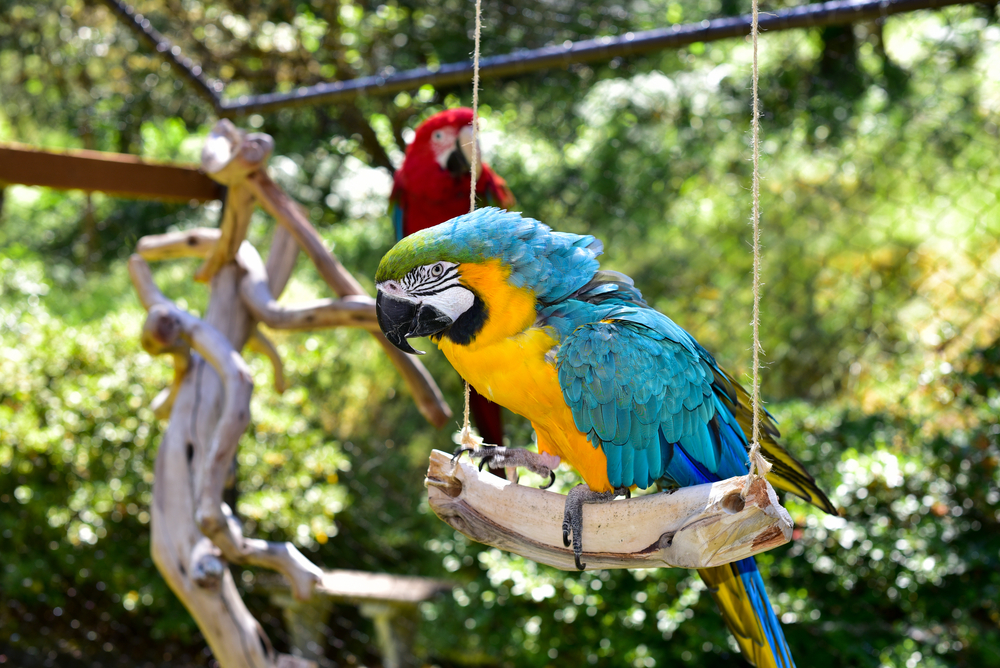
Parrots are not only colorful and vocal but also incredibly intelligent, which aids them in escaping captivity. These birds possess advanced cognitive abilities, including problem-solving, mimicry, and tool use, making them capable of outsmarting their enclosures. In captivity, parrots have been observed using their beaks to open cage doors or untie knots, showcasing their dexterity and ingenuity. Their intelligence allows them to learn from their surroundings and adjust their tactics to find weaknesses in their enclosures.
Parrots’ social nature and ability to communicate further enhance their escape skills, as they can collaborate and share information with each other. This teamwork, combined with their curiosity and adaptability, enables them to explore new escape routes and strategies. Keepers often face challenges in providing enough mental and physical stimulation to prevent parrots from becoming bored and restless. Despite these challenges, parrots’ escapes provide valuable insights into avian intelligence and behavior, making them captivating subjects for study and observation.
10. Snakes: The Slithering Escape Artists
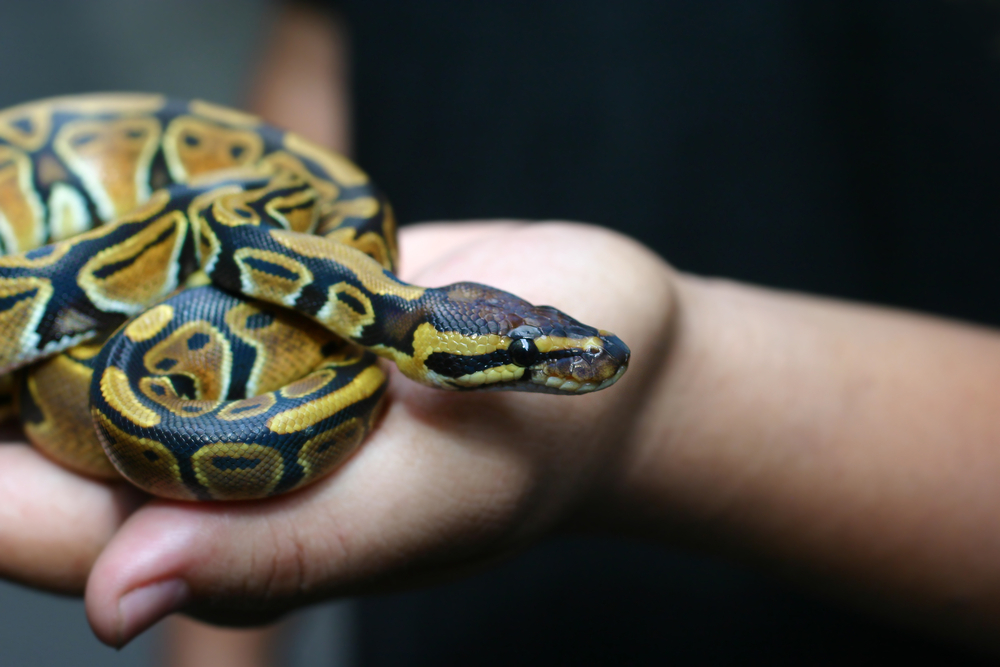
Snakes are masters of stealth and flexibility, traits that make them adept at escaping captivity. These reptiles can squeeze through small openings, climb vertical surfaces, and even push against loose-fitting lids to break free. Their ability to feel vibrations and detect changes in their environment allows them to sense when an opportunity for escape arises. In captivity, snakes have been known to exploit gaps in tank lids or unscrew caps to find their way to freedom.
While snakes might not have the cognitive abilities of some other animals, their physical capabilities and stealth make them formidable escape artists. Their ability to adapt to different environments allows them to thrive even after escaping captivity. Keepers must ensure that enclosures are secure and escape-proof, with no gaps or weaknesses for snakes to exploit. Snake escapes often highlight the importance of proper enclosure design and maintenance, ensuring that these mysterious creatures remain safely contained.
11. Cats: The Agile Acrobats

Cats are naturally agile and curious, traits that contribute to their reputation as skilled escape artists. These feline companions are known for their ability to leap, climb, and squeeze through tight spaces, making it challenging to keep them contained. In homes and shelters, cats often find ways to escape through open windows or doors, showcasing their resourcefulness and determination. Their agility allows them to navigate complex environments with ease, often finding escape routes that humans might overlook.
Cats’ intelligence and curiosity drive them to explore their surroundings, testing the limits of their enclosures. Their ability to learn from their experiences allows them to modify their behavior to find new ways of escaping. While their escapes can be frustrating for owners, they also highlight the importance of providing stimulating environments to keep cats engaged and content. Understanding the motivations behind their escapes can help improve their living conditions and prevent future breakouts.
12. Goats: The Nimble Navigators
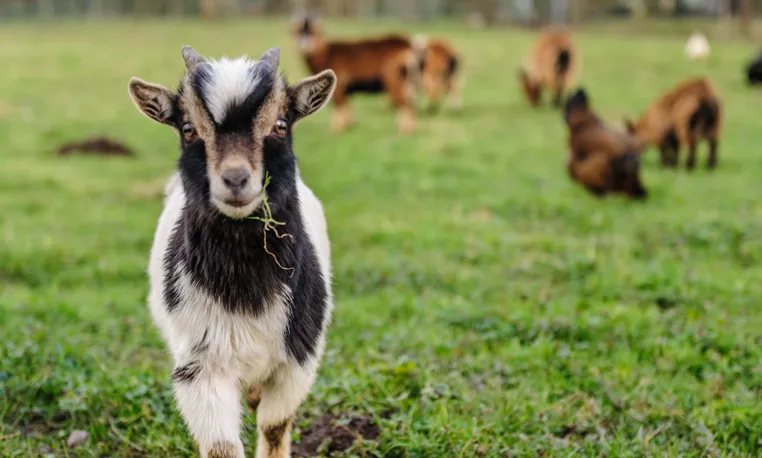
Goats are known for their nimble nature and inquisitive personalities, making them surprisingly good escape artists. These animals are natural climbers, capable of scaling steep and uneven terrain with ease. In captivity, goats often use their climbing abilities to bypass fences or barriers, finding their way to freedom. Their curiosity drives them to explore their surroundings, testing the limits of their enclosures and seeking out new challenges.
Goats’ intelligence and adaptability allow them to learn from their experiences, improving their escape tactics over time. Their mischievous nature often leads them to play with gates, latches, and other enclosure features, searching for weaknesses to exploit. Keepers must constantly reinforce and innovate their enclosures to prevent goat escapes, often using tall and secure fencing to keep these nimble navigators contained. While their escapes can be challenging, they also provide opportunities to study goats’ social behavior and problem-solving abilities.
